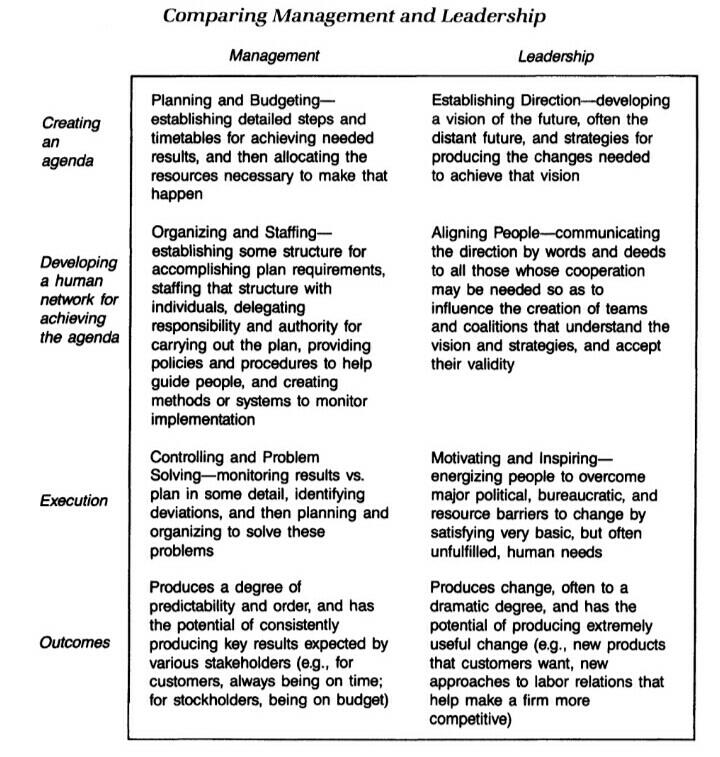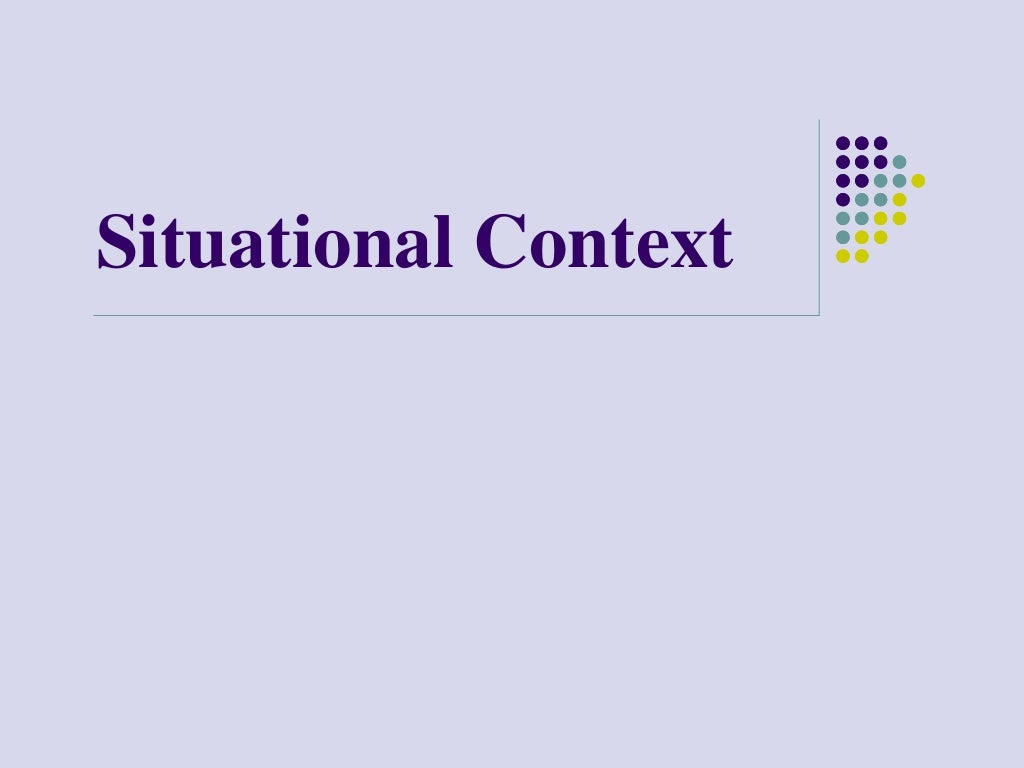
- #Situational contexts how to
- #Situational contexts software
- #Situational contexts professional
- #Situational contexts series
Then, break down each experience using the STAR method: SituationĮxplain the context of the situation you experienced, including relevant details. If you're entering the job market for the first time, consider obstacles you experienced in school or extracurricular activities, such as team sports. Take some time to identify specific challenges you've faced in your career. This method helps you futhoroughlyddress the interviewer's question in a cohesive story, highlighting a clear obstacle and resolution. While you may not know the exact situational questions an employer may ask, you can use the STAR method (Situation, Task, Action, Result) to prepare thoughtful, thorough speaking points.
#Situational contexts how to
Related: 21 Job Interview Tips: How To Make a Great Impression Preparing for a situational interview using the STAR method
#Situational contexts professional
They also give you a chance to highlight how you use your professional experience, abilities and personal strengths to overcome business challenges and meet goals. Situational interview questions focus on how you'll handle real-life scenarios you may encounter in the workplace and how you've handled similar situations in previous roles.Īsking these questions helps employers better understand your thought process and assess your problem-solving, self-management and communication skills. What are situational interview questions?īecause every industry and job role has a unique set of challenges and opportunities, employers assess how well candidates are prepared to manage these circumstances before they make a hiring decision. In this article, we describe what situational interview questions are, explain how to use the STAR method to answer these questions and provide 31 situational interview questions along with five sample answers you can reference as you prepare for your next job interview.

You can use your responses to show how you can overcome obstacles and help the company meet its objectives. These questions help the hiring manager gain crucial insight into how you react in specific circumstances on the job.
#Situational contexts series
This version of the article has been accepted for publication, after peer review (when applicable) and is subject to Springer Nature’s AM terms of use, but is not the Version of Record and does not reflect post-acceptance improvements, or any corrections.An employer may ask a series of situational interview questions during the hiring process. > School of Science and Technology > Computer Science Communications in Computer and Information Science, vol 1646.

#Situational contexts software
(eds) Systems, Software and Services Process Improvement. In: Yilmaz, M., Clarke, P., Messnarz, R., Wöran, B. Requirements Volatility in Multicultural Situational Contexts. Siakas, E., Rahanu, H., Georgiadou, E., Siakas, K.

Requirements volatility refers to additions, deletions, and modifications of requirements during the system development life cycle.


 0 kommentar(er)
0 kommentar(er)
